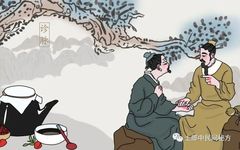“The principles of pulse diagnosis are subtle and easy to discern in the mind, yet difficult to clarify under the fingers.” This article will certainly help you learn pulse diagnosis. The ancient pulse methods most favored are those of Li Shizhen’s “Binhuhua Pulse Studies” with its 28 pulse types, which serve as the foundation for our TCM diagnostic lectures, complemented by the 25 pulse elements of modern pulse diagnosis by Qi Xianghua. The pulse patterns recorded in the “Neijing” are far more complex than those of later generations.

Typical pulse names include
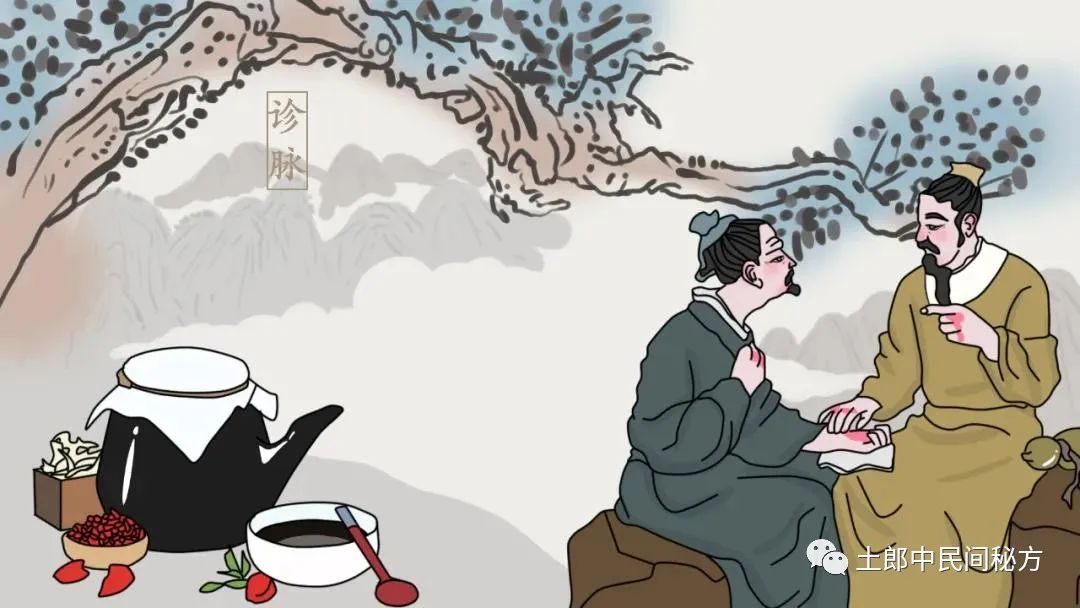
Floating (fu), Deep (chen), Large (da), Small (xiao), Slippery (hua), Rough (se), Fine (xi), Rapid (ji), Slow (chi), Intermittent (dai), Hook (gou), Surging (sheng), Stirring (zao), Short (duan), Tight (jin), Soft (ru), Weak (ruo), Light (qing), Empty (xu), Long (chang), Full (shi), Strong (qiang), Weak (wei), Faint (chuai), Urgent (ji), Scattered (san), Hair (mao), Firm (jian), Camp (ying), Stone (shi), Pulsating (bo), Still (jing), Tight (jin), Knotted (jie), Moving (dong), Short (duan), Slow (huan), Absent (jue), Horizontal (heng), Thin (shou), Slow (xu), Few (shao), Flat (ping), Suspended (chuai), Drum (gu), Leather (ge), Urgent (cu), Strong (jing), Flooding (hong), Full (man), Sparse (shu), and Overflowing (ge guan yi fu), along with atypical, composite, and some difficult-to-interpret pulse names and shapes, totaling nearly a hundred types.

Traditional 28 Pulses
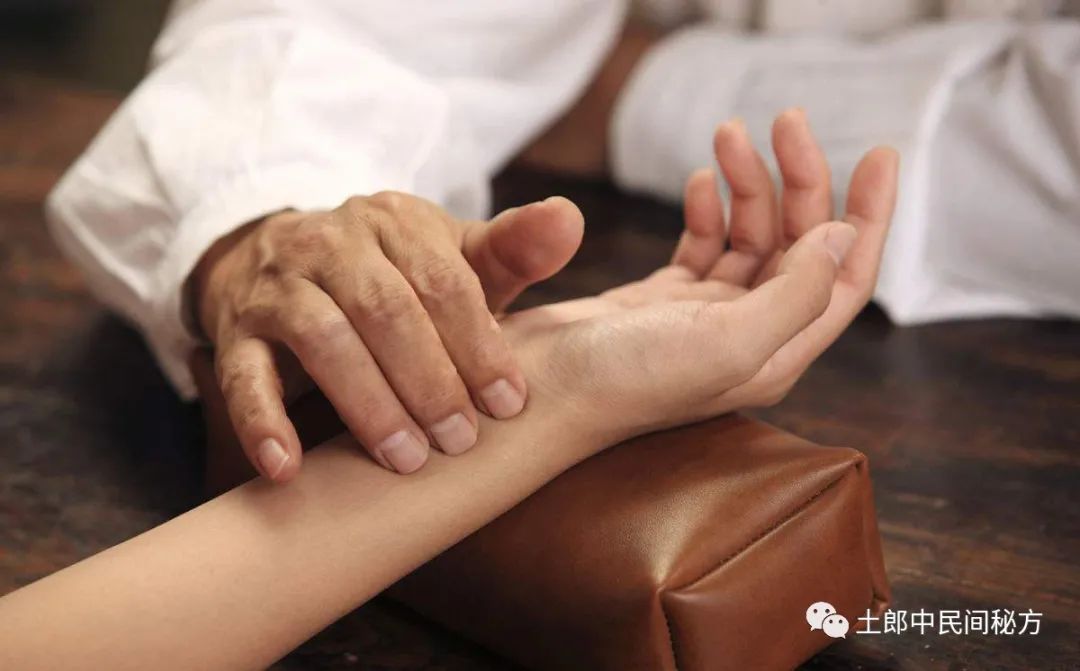
Floating Pulses: Floating (fu), Flooding (hong), Soft (ru), Hollow (kao), Leather (ge), Scattered (san)
Deep Pulses: Deep (chen), Hidden (fu), Firm (lao), Weak (ruo)
Slow Pulses: Slow (chi), Knotted (jie), Rough (se), Slow (huan)
Rapid Pulses: Rapid (shuo), Moving (dong), Quick (ji), Urgent (cu)
Empty Pulses: Empty (xu), Fine (xi), Weak (ruo), Short (duan)
Full Pulses: Full (shi), Tight (jin), Long (chang), Slippery (hua), String-like (xian)

25 Pulse Element Factors
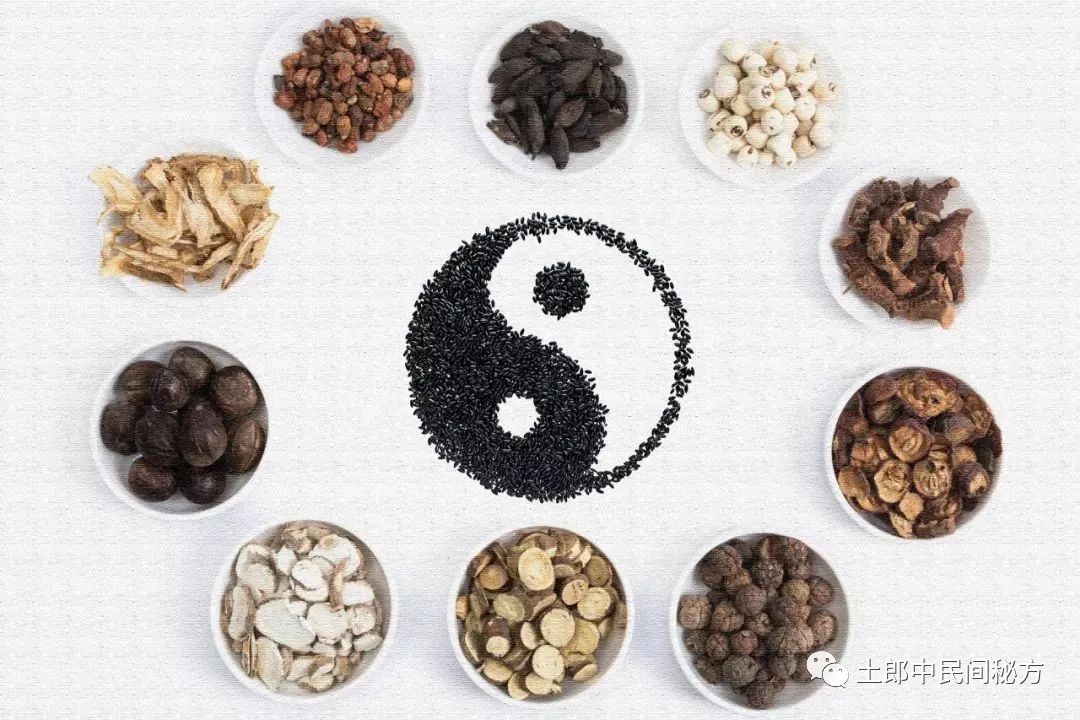
Pulse Body Factors: Left and Right, Internal and External, Curved and Straight, Cold and Hot, Clear and Turbid, Floating and Deep, Up and Down, Thick and Thin
Pulse Wall: Thickness, Contraction and Expansion, Rigid and Flexible
Pulse Wave: Arrival and Departure, Length and Shortness, Movement and Stillness, Slow and Rapid, High and Deep, Knotted and Intermittent
Blood Flow: Slippery and Rough, Advance and Retreat, Withered and Flourishing, Strong and Weak, Convex and Concave, Thin and Thick, Rapid and Slow
In traditional pulse patterns, physical language describes: Floating, Deep, Slow, Rapid, Long, Short, Knotted, Fine.
These pulse types are relatively easy to understand. However, many difficult-to-grasp pulses use metaphorical descriptions to aid our learning. For example:
“Flooding”: Like waves rising and falling.
“Soft”: Soft and floating, lightly pressed, like cotton floating on water.
“Hollow”: Hollow and large, soft like scallions, with a central void when pressed.
“Leather”: The pulse feels like pressing on a drum skin, hollow and firm.
“Scattered”: Like willow fluff drifting in the air, coming and going unpredictably.
“String-like”: Straight and long, like pressing on a guitar string.
“Tight”: The pulse comes tight like pressing on a rope.
Here, we will not list them all. Ancient practitioners, many of whom were literate, have left us with vivid descriptions, such as “scattered like willow fluff” which transports us to a romantic scene of spring, where the air is filled with light, ethereal, and dreamlike. A phrase like “like pressing on a guitar string” seems to echo with melodious sounds, conjuring images of ancient scholars and beauties playing music.
However, “The principles of pulse diagnosis are subtle and easy to discern in the mind, yet difficult to clarify under the fingers.” The ancients provided us with vivid descriptions but did not give us methods to master these pulse types.

Pathological Pulses
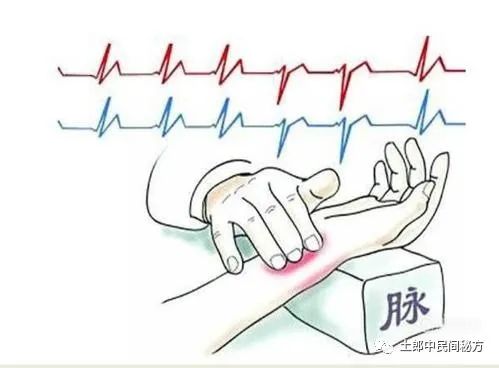
Pathological changes reflected in the pulse are called pathological pulses. Generally, any pulse outside the normal physiological range and individual physiological characteristics is considered a pathological pulse.
In the development of pulse studies, due to different experiences in pulse taking, the naming of pulse types has also varied. The earliest pulse study book in China, “Pulse Classic,” proposed 24 pulse types, while the “Complete Works of Jingyue” proposed ten types, and “Binhuhua Pulse Studies” proposed 27 types. Li Shicai’s “Correct Eye for Diagnosis” added pathological pulses, leading to the modern discussion of 28 pulse types.
Pulses are observed through four aspects: position, number, shape, and momentum. For example, floating and deep refer to different pulse positions, slow and rapid refer to different pulse rates, and empty and full refer to the strength of the pulse (qi momentum). Some pulses combine several aspects, such as flooding and fine, which reflect differences in shape and qi momentum.

Strange Pulses
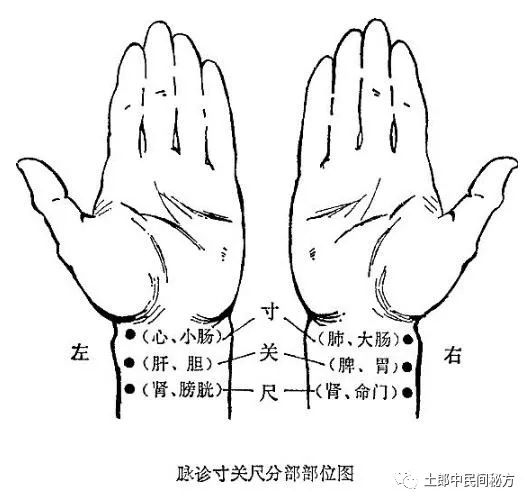
Any pulse lacking the root of the stomach spirit is termed a strange pulse, also known as a true victorious pulse, defeated pulse, dead pulse, or absent pulse. These are often seen in the later stages of illness, where the qi of the organs is exhausted, and the stomach qi is depleted. In the Yuan dynasty, Wei Yilin’s “Effective Formulas of World Medicine” listed ten strange pulses, known as the “Ten Strange Pulses.” Later practitioners removed the “Yandao,” “Zhuandou,” and “Macu” from the ten strange pulses, calling them the “Seven Absent Pulses.” These pulse types can be encountered clinically, and the shapes and clinical significance of the seven absent pulses are described as follows:
1. Boiling Pot Pulse: The pulse is on the skin, extremely floating and rapid, with an unclear count, like boiling water in a pot, floating without a root. This indicates extreme heat of the three yang, with depletion of yin fluids, and is a sign of impending death.
2. Fish Swimming Pulse: The pulse is on the skin, with a fixed head and a swaying tail, seeming to appear and disappear, like a fish swimming in water. This indicates extreme cold of the three yin, with yang lost to the exterior.
3. Shrimp Swimming Pulse: The pulse is on the skin, like a shrimp swimming in water, sometimes leaping away, sometimes returning, with a rapid and agitated appearance. This indicates solitary yang without support, restlessness, and is a sign of large intestine qi exhaustion.
4. Leaky Roof Pulse: The pulse is between the muscles, like a leaky roof dripping, with a long pause between drops, indicating extremely slow and weak pulse. This indicates impending exhaustion of stomach qi and nutritive qi.
5. Sparrow Pecking Pulse: The pulse is between the muscles, with rapid and irregular counts, stopping and starting like a sparrow pecking at food. This indicates that the spleen has lost its grain qi.
6. Untying Rope Pulse: The pulse is between the muscles, sometimes tight and sometimes loose, resembling a tangled rope. This is a pulse that is sometimes fast and sometimes slow, chaotic and disordered. This indicates that both the kidney and the gate of life qi are lost.
7. Stone Bouncing Pulse: The pulse is beneath the muscles, like pressing on a stone, with a hard and unyielding quality, indicating exhaustion of kidney qi.

Now, let’s distinguish some similar pulses

Among the 28 pathological pulses, some are very similar and easily confused, requiring careful differentiation. Throughout history, practitioners have accumulated rich experience in pulse differentiation. For example, Wang Shuhe pointed out some similar pulse types, while Li Shizhen compiled a more detailed pulse song, and Xu Lingtai provided specific methods for pulse differentiation, such as comparing similar pulse types (and also contrasting opposite pulse types), which is a good method for distinguishing similar pulses.
Now, let’s distinguish some similar pulses:
Floating pulse vs. Empty, Hollow, Scattered pulses: All four are similar, with superficial pulse positions, but the floating pulse is abundant and slightly reduced when pressed, while the empty pulse is large and weak, feeling empty when pressed; the hollow pulse is large and strong but has a central void, like pressing on a scallion; the scattered pulse is floating and weak, lacking a root, and cannot be felt with slight pressure.
Deep pulse vs. Hidden, Firm pulses: All three have deep pulse positions, but the deep pulse can be felt with heavy pressure; the hidden pulse is deeper than the deep pulse, felt on the bones, requiring deep pressure to be felt, and may even become hidden and unperceivable; the firm pulse is solid and large, felt strongly with pressure.
Slow pulse vs. Relaxed pulse: Both are measured by breath, with the slow pulse having less than four beats per breath; the relaxed pulse is slightly faster than the slow pulse, with four beats per breath, showing a gentle and relaxed appearance.
Rapid pulse vs. Slippery, Quick pulses: The slippery pulse and rapid pulse have similarities, as the slippery pulse flows smoothly and is round, while the rapid pulse refers to the number of beats, with more than five beats per breath. The “Binhuhua Pulse Studies” states: “Do not confuse slippery and rapid as the same; rapid pulse is only measured by the number of beats.” Rapid and quick pulses are also measured by breath, with the quick pulse being faster than the rapid pulse, having more than seven or eight beats per breath, corresponding to a pulse rate of over 140 beats per minute.
Full pulse vs. Flooding pulse: Both have a strong and forceful quality, but the flooding pulse resembles turbulent waves, full and strong, with a clear floating quality; while the full pulse is large and solid, felt strongly with pressure, both coming and going strongly, hence the saying, “Both floating and deep are large and long, responding strongly without emptiness.”
Fine pulse vs. Weak, Faint, Soft pulses: All four have small and weak qualities. However, the fine pulse is small but responds clearly; the faint pulse is extremely fine and soft, feeling like it might disappear, sometimes with an unclear count; the weak pulse is deep and fine but lacks strength, while the floating fine pulse is weak and lacks strength, with the pulse position being opposite to the weak pulse, being detectable with light pressure but not with heavy pressure.
Hollow pulse vs. Leather pulse: Both have a hollow quality, but the hollow pulse is large and weak, showing softness; while the leather pulse is large and strong, showing hardness.
String-like pulse vs. Long, Tight pulses: The string-like pulse is similar to the long pulse, but the long pulse exceeds the normal range, like following a long pole; the string-like pulse is long but tense, like pressing on a guitar string. The “Medical Treatise” states: “The long pulse resembles the string but is fuller than the string; the string pulse is tense, while the long pulse is relaxed.” The string pulse resembles the tight pulse, both being tense, but the string pulse feels like pressing on a guitar string, while the tight pulse feels like pressing on a taut rope, with the tight pulse being larger than the string pulse.
Short pulse vs. Moving pulse: Both have a short appearance, but the short pulse is short and often slow, not filling the three positions; while the moving pulse resembles a bean, often being slippery and rapid, with the “Medical Treatise” stating: “The short pulse resembles the moving pulse but is weaker; the moving pulse is slippery and rapid, while the short pulse is wet and often slow.”
Knotted, Intermittent, Rapid pulses: All belong to irregular rhythms with pauses, which is a commonality among the three. However, the knotted and rapid pulses have irregular pauses, with short pause times; while the intermittent pulse has regular pauses, with longer pause times, distinguishing the knotted and rapid pulses from the intermittent pulse. The knotted pulse is slow with pauses, while the rapid pulse is fast with pauses.
Appendix: Contrast Method
Floating pulse vs. Deep pulse: These are two opposing pulse types based on position, with the floating pulse being superficial and easily felt, indicating exterior yang; while the deep pulse is deep and requires heavy pressure to be felt, indicating interior yin.
Slow pulse vs. Rapid pulse: These are two opposing pulse types based on speed, with the slow pulse being slower than normal, having less than four beats per breath; while the rapid pulse is faster than normal, having more than five beats per breath, with the slow pulse indicating cold and the rapid pulse indicating heat, also indicating emptiness.
Empty pulse vs. Full pulse: These are two opposing pulse types based on strength, with the empty pulse being weak in all three positions; while the full pulse is strong in all three positions, indicating emptiness and fullness.
Slippery pulse vs. Rough pulse: These are two opposing pulse types based on smoothness, with the slippery pulse flowing smoothly and feeling round; while the rough pulse is difficult and sluggish, not flowing smoothly, with ancient descriptions of the rough pulse being like a light knife scraping bamboo. The phrase “light knife scraping bamboo” indicates that the pulse does not flow smoothly under the fingers.
Flooding pulse vs. Fine pulse: These are two opposing pulse types based on size and strength, with the flooding pulse being large and strong, with a strong incoming and weak outgoing quality; while the fine pulse is small and thread-like, often weak, but responds clearly.
Long pulse vs. Short pulse: These are two opposing pulse types based on length, with the long pulse exceeding the normal range, indicating a pulse that extends beyond the normal area; while the short pulse is short and does not reach the normal area.
Tight pulse vs. Relaxed pulse: These are two opposing pulse types based on tension, with the tight pulse being tense and strong, like pressing on a rope; while the relaxed pulse is gentle, with four beats per breath.
END



